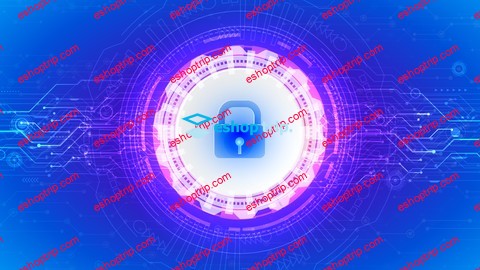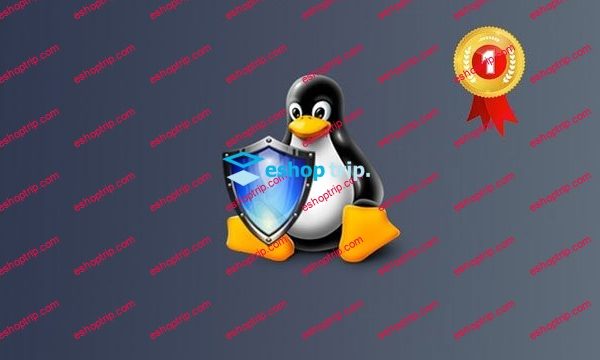Video: .mp4 (1280×720) | Audio: AAC, 44100 kHz, 2ch | Size: 1.30 Gb | Materials: PDF
Genre: eLearning Video | Duration: 3h 38m | Language: English
Master the Fundamentals of Cybersecurity. Learn to assess cyber threats and protect business information assets.
Cybersecurity and Mobility
This course is for you if you are interested in transitioning toward a managerial role in cybersecurity and mobility. Through interviews with industry experts in this area, you will be able to analyze innovations powering the rapid spread of information technology and how they present new challenges for protecting data. For example, mobile devices increase convenience but often bypass traditional security measures. After this course, you will be able to describe how the nature of the threat evolves, as culprits employ a burgeoning set of sophisticated tools to take advantage of our growing reliance on networks for critical-data exchange.
If you want to pursue a career in the public sector, the stakes are high as well. The proliferation of hackers, inevitable human errors, bring-your-own-device (BYOD) initiatives, and the ever-broadening need to share information weigh heavily on government and education organizations, and consume substantial resources. The Pentagon, for example, has proposed to spend $23 billion on network security initiatives through 2018. This sounds like a large sum, until you consider the scope and importance of the U.S. government information resources this investment must protect. After completing the course modules you will be able to explain how yesterday’s prevention strategies are no longer adequate for stopping advanced, targeted attacks. Effective cybersecurity must be multi-dimensional and tiered, as threats can originate from virtually anywhere, target numerous levels of an organization, and sometimes persist for months or years before an information security staff is aware of an attack or breach. Therefore securing networks requires a holistic approach that incorporates several elements.
Cybersecurity and the Internet of Things
Welcome! You may have heard about the Internet of Things (IoT). But you may also have wondered about what it is. Or for that matter, what does it mean to you or an organization. This course is for you if you are curious about the most recent trends and activities in the internet capabilities and concerns about programmed devices. There are complexities and areas of necessary awareness when the industrial sector becomes connected to your home. Security policies and practices have not yet caught up to the internet capabilities of some of our most common products. The “connected home”, “consumer wearables”, or even an employee’s HVAC system may cause an unanticipated threat to your business environment.
You will explore current security and privacy related concerns in each of these areas. Every module will include readings, videos, case studies, and a quiz to help make sure you understand the material and concepts we talk about. This course offers a place to learn, reflect, and plan for a smart community approach to IoT. Portions of this course may seem extremely technical in nature. That is because the “things” in IoT represents engineering. Try to grasp the concept in that case.
Cybersecurity and the X-Factor
What is the X-Factor? In Cybersecurity, the X-Factor related to unknown and unpredictable human behavior within and outside of your organization. “No one really knows why humans do what they do”, (David K. Reynolds), and because of this organizations can be unprepared for malicious, untrained, or even best intentioned behavior that can cause alarm and sometimes irreparable harm.
This course will introduce you to the types of training available to reduce the impact of the X-Factor, evaluate its effectiveness, explore the Security Education, Training and Awareness (SETA) program, and learn why it may fail. The course will conclude with information designed to assist you with some critical components for your business security program. Activities focused on hactivism, cyberinsurance, and ransomware will round out your knowledge base. Your team of instructors has prepared a series of readings, discussions, guest lectures, and quizzes to engage you in this exciting topic.
The Business of Cybersecurity Capstone
This course intends to make the student familiar with information security management. When you have finished with this course you will know more аbout:
Governance: including the mission, roles and responsibilities of the InfoSec governance function, and the strategic planning process and InfoSec’s role in the organization’s strategic planning effort. * You will understand the various types of InfoSec policies and how effective information security policy is created and used. * Risk management and the risk management process * Certain laws and ethical issues impacting information security in the organization. And some common information security management practices such as benchmarking and performance measures.











Reviews
There are no reviews yet.